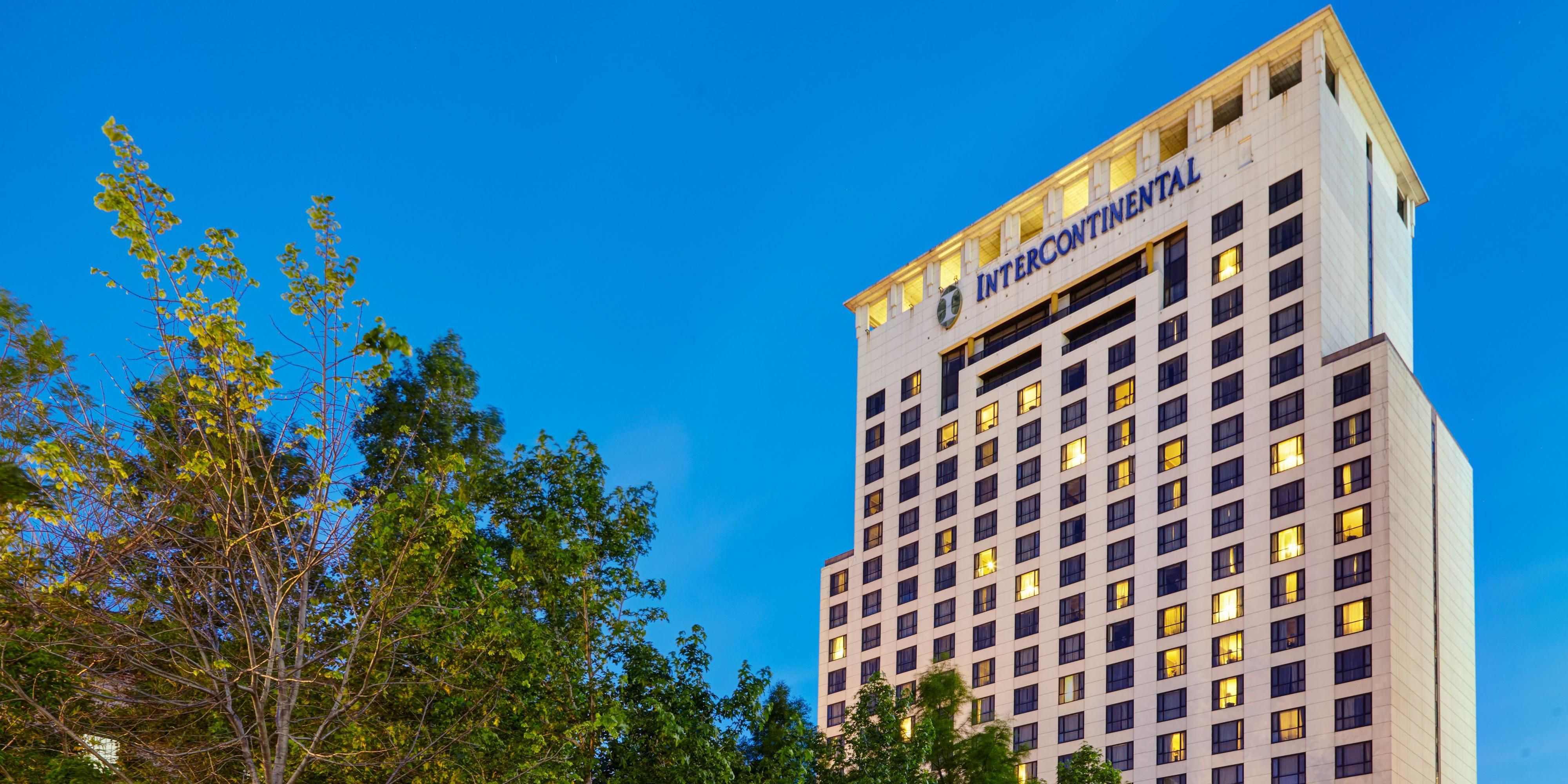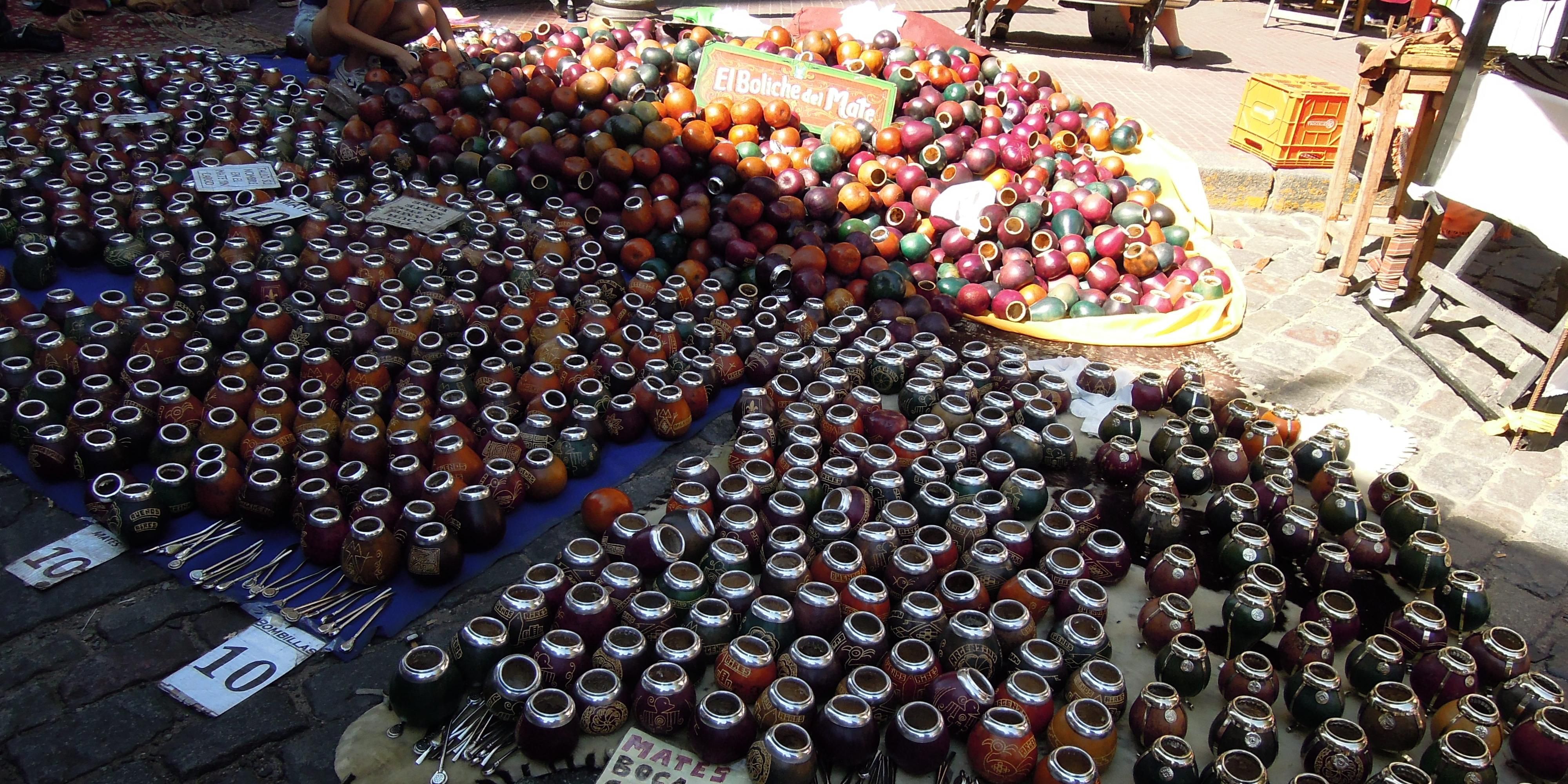InterContinental Buenos Aires 目的地
走出我們的飯店並準備好探索布宜諾斯艾利斯的一切。 體驗熱門目的地的文化和歷史如曼薩納德拉盧塞斯、蒂格雷河三角洲、埃爾贊洪德格拉納多斯、國家探戈學院等。
- At the Crossroads of History and Modernity
- 探索布宜諾斯艾利斯。 探索洲際飯店
預訂:
前臺資訊: 54-11-43407100
Email: bueha.reservas@ihg.com
809 Moreno St. Buenos Aires, C1091AAQ Argentina
登記入住:下午4點
退房時間:中午12點
最低單獨入住的年齡: 18歲





